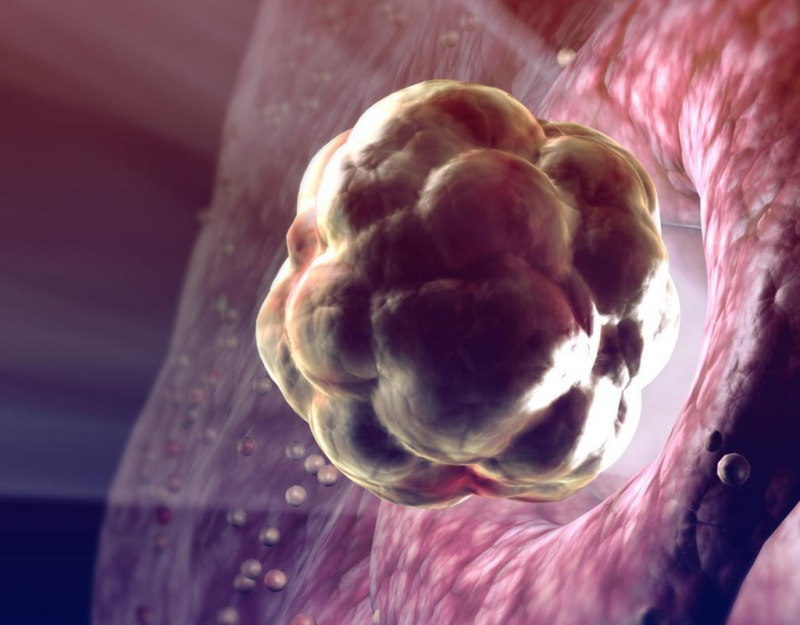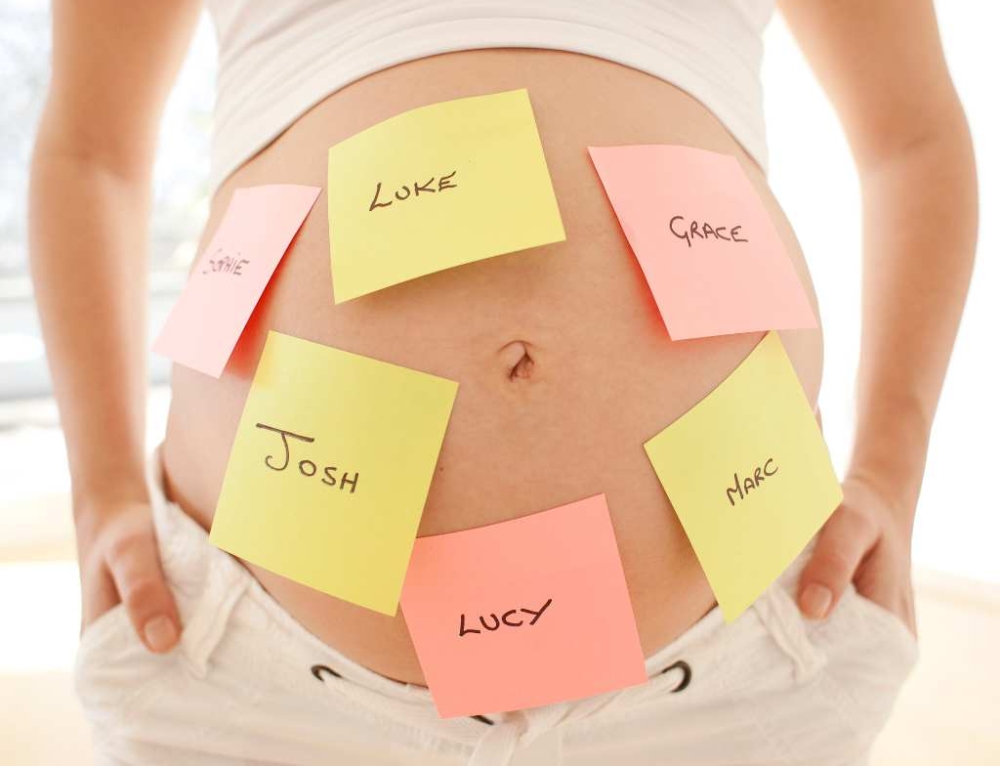When a woman ovulates, she releases a mature egg from one ovary (or two eggs if she is having twins). The egg is released into the adjacent fallopian tube and can survive in the woman’s body for around 12 to 24 hours. Sperm needs to reach the egg before this time lapses.
An egg is most likely to be fertilised to conceive a baby if the sperm are already present, waiting in the fallopian tube, so they reach the egg soon after it is released.
If your menstrual cycle is regular, then you may be able to predict when you ovulate by counting the days of your cycle. However, this is not always reliable because many women find that their cycle lengths often fluctuate. As a general rule, you should ovulate about 14 days (plus or minus 2 days) BEFORE your next period is due.
If your menstrual cycle length fluctuates or is disrupted, you will not know for sure just how long your cycle will be until it ends and your period arrives. This is why the other physical signs are usually more helpful for predicting ovulation, because you are more likely to become pregnant by having sex before you release the egg.
Temperature
Your temperature will start to rise just before, during or just after your egg is released. The temperature rise is usually about 0.2 to 0.4 o Celsius (or 0.4 to 0.8 o Fahrenheit) and usually stays elevated until just before your next period begins (about 10 to 14 days after ovulation). If your temperature does not stay up for at least 10 days, you may not have ovulated. If your temperature continues to stay up past the time your period is due (14 to 16 days), you are probably pregnant. It is possible to conceive a baby if you have sex within 12 to 24 hours of ovulation. However, because ovulation usually happens between 4 pm and 7 pm the evening before the next morning’s temperature rise, you will need to have sex that morning, (if you haven’t already the night before) but even then it may be too late. It is more likely if the sperm are already present in the fallopian tubes before the egg is released, therefore before you notice a temperature rise.
Vaginal mucus
Vaginal mucus can be very clear, slippery and wet just prior to (and during) ovulation. There is usually more of it and it can closely resemble egg white, looking stretchy and see through or perhaps slightly cloudy. Some women have a small pinkish or blood-stained tinge in their mucus at ovulation (from releasing an egg). Many women describe their fertile mucus as looking like egg white.
Typical fertile mucus is very stretchy. If you put some fertile mucus between your fingers and then move your fingers slowly apart, you may be able to stretch it up to 5 to 10 centimetres (or 1 to 2 inches). Again, be aware that not all women produce large amounts of mucus like this. Some women need to feel their cervix to detect fertile mucus, while others rely more on their temperature readings and changes in how their cervix feels (because their mucus changes are not very obvious). If you do not notice fertile mucus, this does not mean you are less fertile or unable to conceive, it is just that your mucous stays well contained within your cervix and uterus to transport the sperm to your egg.
Cervix
Your cervix will now be at it highest point and may even be difficult to reach. It should feel very wet, soft and open.
Sensations and emotions
A woman’s sex drive or libido is often at its highest level during ovulation. Although, some women experience slight nausea on the day they ovulate.
- 28 day cycle, you will release an egg sometime around day 14 (ranging from days 12 to 16 of your cycle).
- 26 day cycle, you will release an egg sometime around day 12 (ranging from days 10 to 14 of your cycle).
- 35 day cycle, you will release an egg sometime around day 21 (ranging from days 19 to 23 of your cycle).
Find more:
Read more about phases in a normal menstrual cycle:







Leave A Comment
You must be logged in to post a comment.